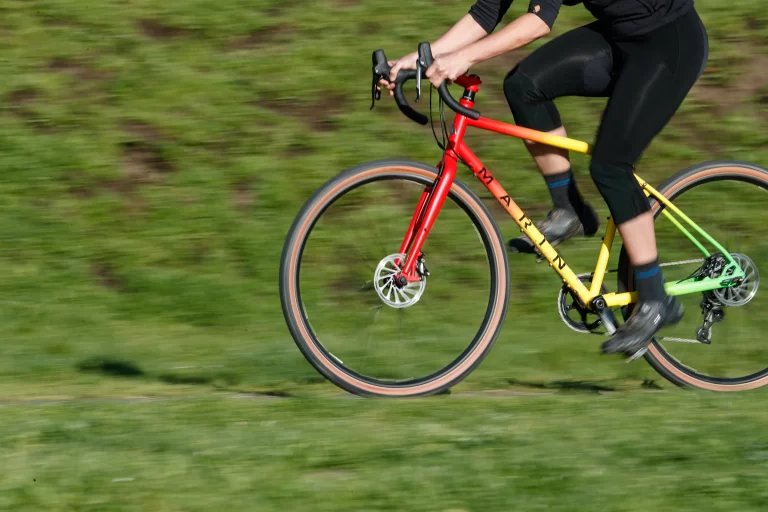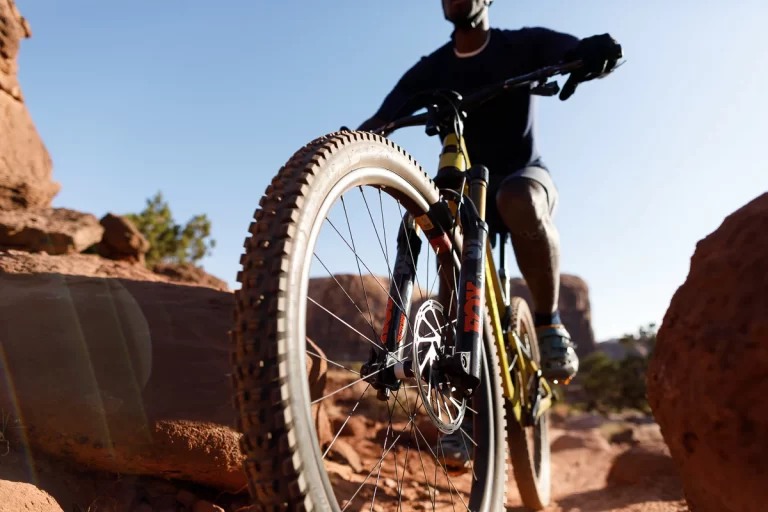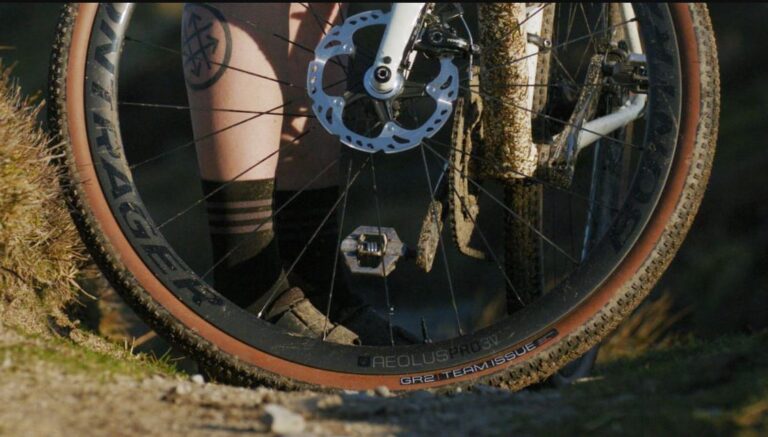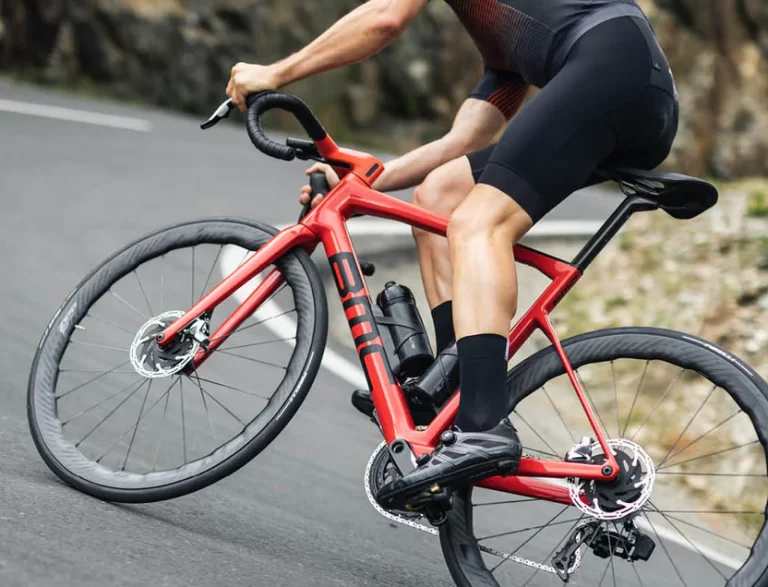When to Upgrade Your Gravel Bike Wheels and Why You Should

Key Point Summary of When to Upgrade Your Gravel Bike Wheels and Why You Should:
- Identifying the Need: Upgrade when existing wheels limit performance, show signs of wear, or can’t accommodate desired tire widths.
- Performance Gains: Upgraded wheels offer improved durability, weight reduction, and better handling, especially on diverse gravel terrains.
- Enhanced Compatibility: Newer wheels can better support a range of tire sizes, allowing for more versatility in riding conditions.
- Long-Term Investment: Quality wheels can be a cost-effective upgrade, potentially outlasting other bike components.
As someone deeply immersed in the cycling world across various disciplines, I’ve come to appreciate the pivotal role wheels play in a bike’s performance, especially for gravel riding. Gravel biking, a discipline that demands adaptability and resilience from its gear, puts a unique set of demands on wheels, from supporting wider tires to withstanding mixed terrain conditions.
When to Consider Upgrading
The decision to upgrade your gravel bike wheels typically arises under a few circumstances. If you’re pushing the limits of your current setup and feeling held back—whether it’s due to durability issues, a desire for a lighter wheelset to improve climbing and acceleration, or the need for wheels that can accommodate a wider range of tire sizes—you might be due for an upgrade. Additionally, if your wheels are showing signs of wear or damage, upgrading can offer a significant boost in reliability and performance.
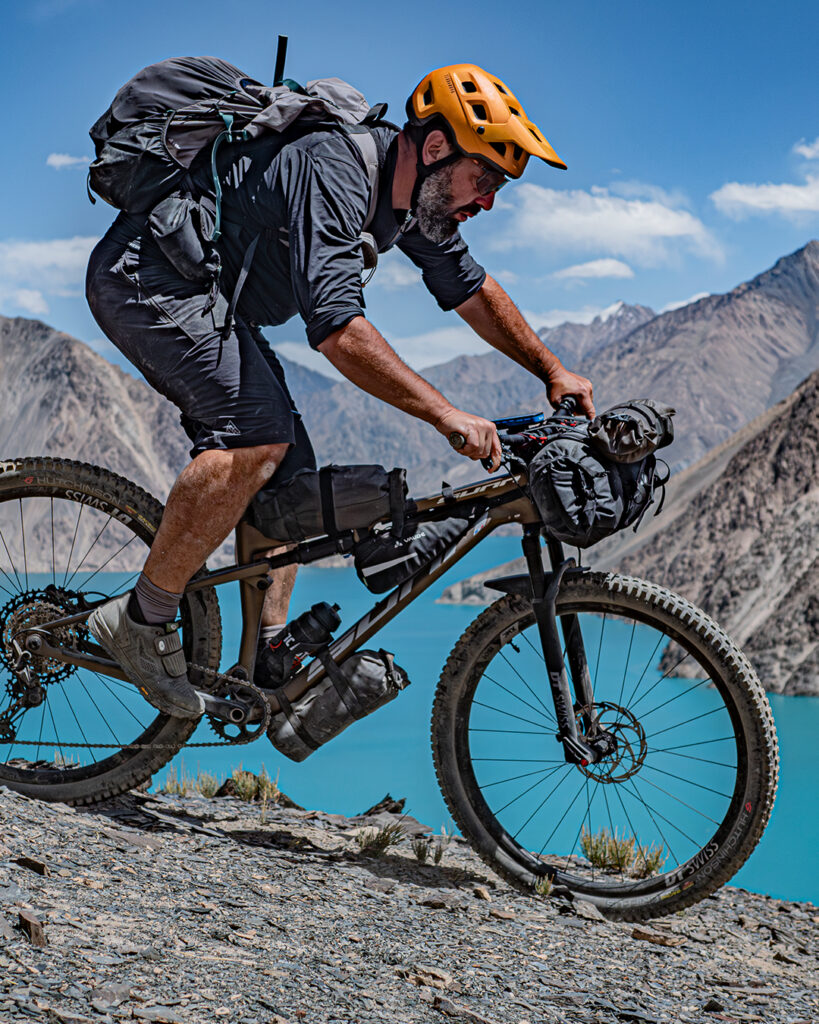
Benefits of Upgrading
Upgrading your gravel wheels can transform your riding experience. Here’s how:
- Durability and Reliability: Higher-quality wheels can better endure the rigors of gravel riding, reducing the frequency of repairs and replacements.
- Performance Enhancement: Lighter and stiffer wheelsets can improve acceleration, climbing, handling, and overall ride quality.
- Versatility: Modern wheels often offer greater tire compatibility, allowing riders to adjust tire selection based on ride conditions for optimal performance and comfort.
- Aerodynamic Advantages: Some wheel upgrades can offer aerodynamic benefits, reducing drag for faster, more efficient riding over long distances.
Choosing the Right Time
The best time to upgrade is when you feel that your current wheels are limiting your potential on the gravel. This could be before starting a new riding season, in preparation for a specific event or race, or at the point when maintenance on your current wheels becomes more frequent and costly. Investing in a quality set of gravel-specific wheels can bring newfound enthusiasm to your rides, enabling you to tackle more challenging routes with confidence.
Personal Reflection
Reflecting on my journey, upgrading to a set of wheels designed specifically for gravel riding marked a turning point in my adventures. The immediate difference in how my bike handled diverse terrains—smoothly rolling over loose stones, providing greater stability through technical sections, and offering a noticeable boost in efficiency—was a revelation. It underscored the value of tailoring your equipment to your riding style and the conditions you love to explore.
When to Upgrading Your Gravel Bike Wheels and Why You Should: Final Thoughts
Upgrading your gravel bike wheels is not just about enhancing your bike’s aesthetics or following the latest trends. It’s a strategic choice that can elevate your riding experience, offering tangible benefits in performance, comfort, and enjoyment. Whether you’re an avid racer or a weekend warrior, the right set of wheels can make all the difference on the gravel paths less traveled. Remember, the best upgrade is the one that aligns with your riding goals and aspirations, transforming each ride into an opportunity for discovery and adventure.
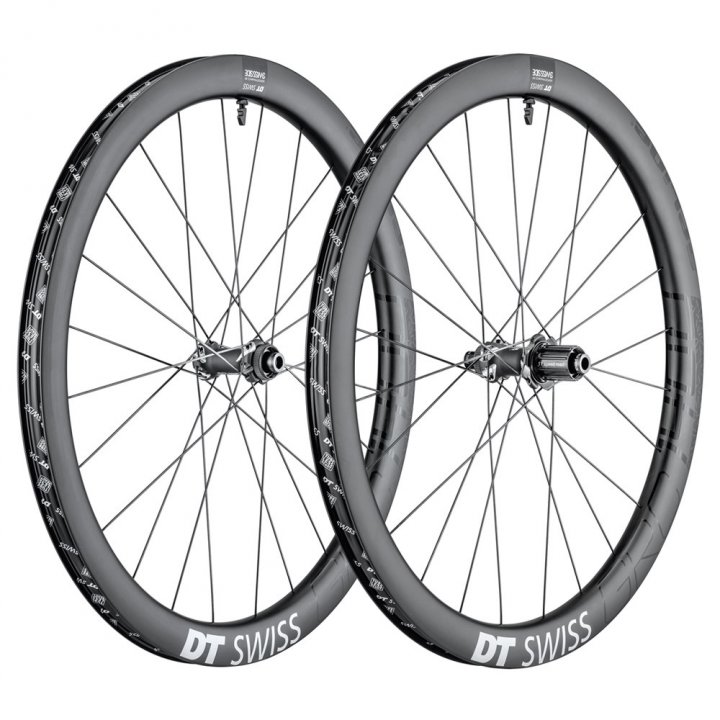
The DT Swiss GRC 1400 Spline 42 is an excellent choice for gravel riders looking for a valuable long-term investment in their wheelset. This wheelset is specifically designed to meet the demands of gravel biking, combining lightweight construction with the strength and durability needed to handle challenging terrains. The GRC 1400‘s 42mm deep, wide-profile rims are optimized for tubeless tire setups, enhancing comfort and performance on loose surfaces and reducing the risk of punctures.
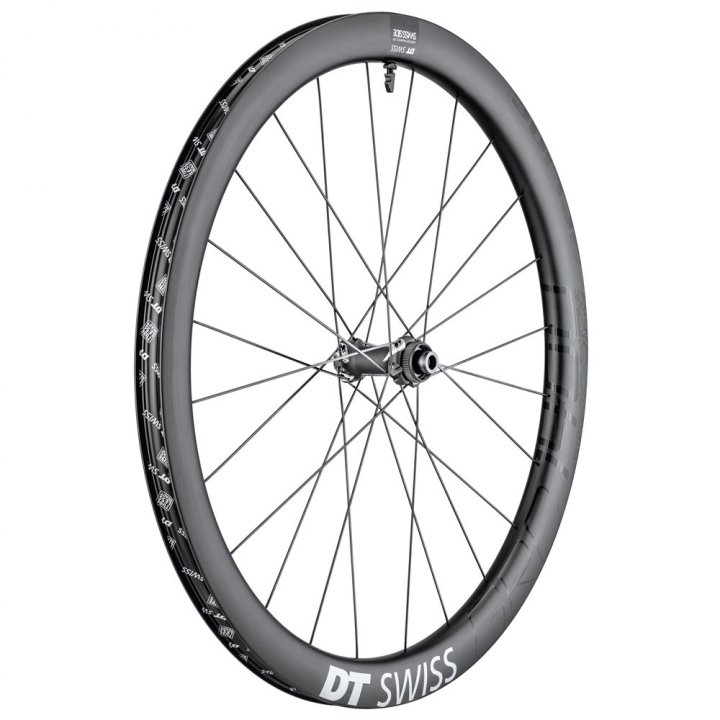
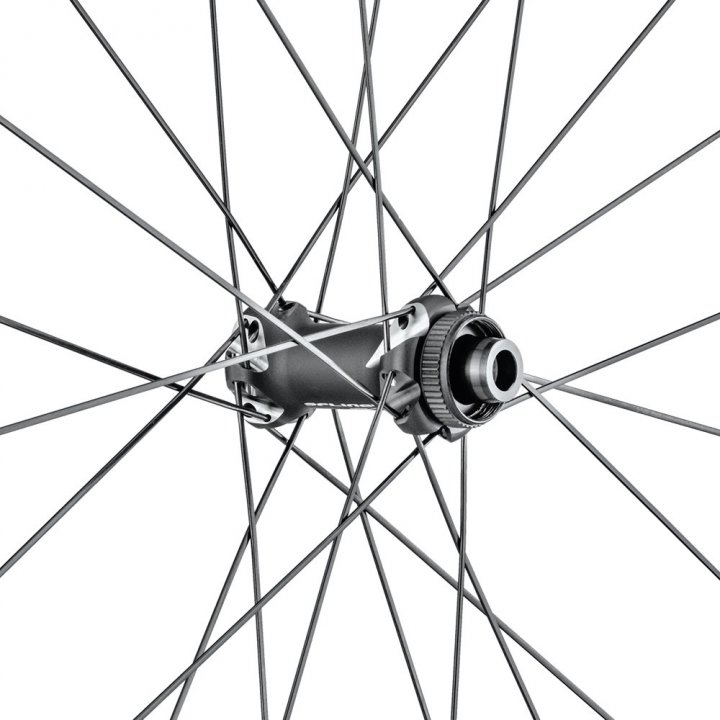
With DT Swiss’ renowned build quality and precision engineering, including their spline hub technology and ratchet system for reliable power transfer, the GRC 1400 Spline 42 offers an exceptional blend of speed, stability, and reliability. Whether navigating rugged backcountry roads or competing in gravel races, this wheelset provides cyclists with the confidence to push their limits and explore further. Its durability, combined with DT Swiss’ commitment to quality, makes the GRC 1400 Spline 42 a wise investment for serious gravel enthusiasts seeking top performance and longevity from their wheels.
FAQ
Is it worth upgrading wheelset?
Yes, upgrading your wheelset is often worth it, as it can significantly improve your bike’s performance, handling, and weight, enhancing your overall riding experience.
When should I replace my gravel bike tires?
Replace your gravel bike tires when you notice significant wear, such as flattened tread patterns, frequent punctures, or visible cuts and abrasions that compromise the tire’s integrity.
When should I replace my bike wheels?
Bike wheels should be replaced when they show signs of significant wear or damage, such as cracks, severe dents, or when they can no longer hold true (stay straight) despite attempts at truing.
How do I choose a gravel wheelset?
Select a gravel wheelset based on factors like rim width (wider for better tire support and comfort), wheel material (carbon or aluminum, depending on weight and durability preferences), tubeless compatibility (for running lower tire pressures), and your budget. Consider the type of terrain you’ll be riding on most often to determine the best fit for your needs.
Happy trails
John


